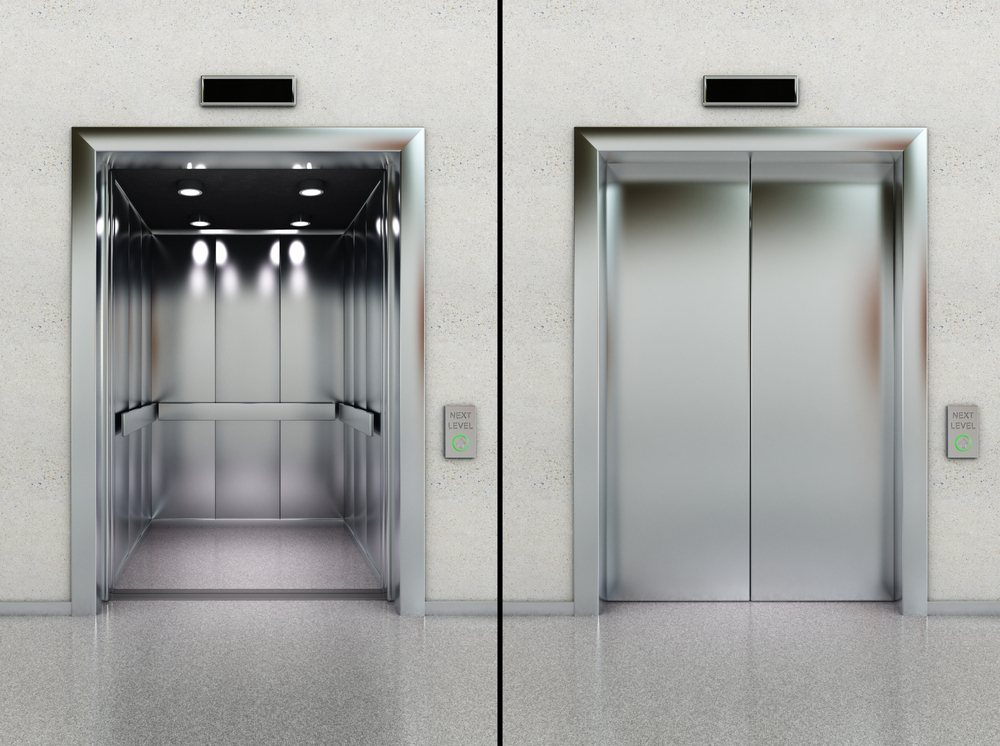We Maintain Lifts to the Greatest Criteria: Reliable Solution for All Lift Types
Exploring the World of Lifts: Typical Issues Dealt With by Different Lift Mechanisms
As we navigate through the upright transportation systems of contemporary structures, lifts stand out as an important part of our day-to-day lives. From hydraulic elevators to grip systems and machine-room-less designs, each lift type comes with its set of typical concerns.
Hydraulic Lifts
Hydraulic lifts, usually chosen for low-rise structures, use fluid stress to regulate the movement of the elevator vehicle (lift repair companies). This mechanism involves a hydraulic pump pushing oil into a cyndrical tube, creating the lift to relocate the wanted direction. While hydraulic elevators are known for their peaceful and smooth operation, they do feature their very own collection of usual issues
One prevalent problem with hydraulic lifts is oil leakage. The seals in the hydraulic system can wear out in time, bring about oil infiltration. This not just creates a mess however can likewise impact the elevator's performance if left unaddressed. Additionally, concerns with the control system, such as faulty shutoffs or a malfunctioning pump, can cause interruptions in the elevator's activity.
Routine maintenance and punctual repairs are important to ensure the smooth performance of hydraulic lifts. By attending to these common problems proactively, building owners can decrease downtime and make sure the security and efficiency of their upright transportation system.
Traction Elevators
When considering upright transportation systems in buildings, an additional common kind other than hydraulic lifts is the traction lift. Traction lifts run using a system of ropes and weights that relocate the lift car by clutching onto the hoist ropes. This device enables smoother and faster vertical transportation contrasted to hydraulic systems.
Among the usual issues encountered by traction elevators is rope wear. The constant motion of the ropes within the grip system can cause damage over time, potentially triggering the elevator to malfunction or come to be risky for usage. Regular examinations and maintenance of the ropes are important to make certain the elevator's appropriate functioning and safety and security.
An additional problem that traction elevators might encounter is connected to the control system. Troubles with the control system can lead to problems such as irregular movement, delays in action times, and even total shutdowns. Routine screening and upkeep of the control system are essential to stop such concerns and ensure the lift's dependability.
Machine-Room-Less (MRL) Elevators

Among the crucial components of MRL elevators is the portable gearless traction machine that is set up within the hoistway. This equipment effectively drives the elevator vehicle without the demand for large tools found in traditional grip elevators. Furthermore, MRL elevators commonly utilize a weight system to balance the auto, further improving their power performance.
In spite of their benefits, MRL lifts may encounter difficulties associated with maintenance and repair work as a result of the constrained space for tools installation. Availability for servicing parts within the shaft can be restricted, requiring specialized training for specialists. Appropriate upkeep routines and regular assessments are critical to ensure the continued smooth operation of MRL elevators.
Overloading and Weight Limit Issues
Are elevators geared up to manage excess weight lots successfully and securely? Straining and weight restriction concerns are essential problems in elevator operations. Elevator producers design lifts with specific weight capacities to ensure guest safety and security and equipment durability. Exceeding these weight limits can lead to various issues, including mechanical failings, delays, and safety risks.
When elevators are overloaded, it places extreme strain on the electric motor, wires, and other components, possibly triggering malfunctions or failures. If they find excess weight, security mechanisms such as sensing units and overload sensors are in location to prevent lifts from moving. Furthermore, going beyond weight restrictions can bring about boosted energy usage and wear and tear on the lift system.
To mitigate overwhelming issues, constructing managers need to prominently show weight site here limits in elevators and enlighten residents on the relevance of sticking to these restrictions - lift repair companies. Normal upkeep checks by qualified technicians can likewise aid guarantee that lifts are operating within risk-free weight criteria. By dealing with overloading and weight restriction issues Discover More proactively, building owners can boost lift safety and effectiveness
Electric System Failings
Exceeding weight limitations in lifts can not just lead to mechanical concerns yet likewise potentially add to electric system failings within the lift infrastructure. Electrical system failures are a crucial problem in lift operation, as they can cause unexpected shutdowns, malfunctions, or even security dangers. One usual electric issue is the overheating of components due to excessive current flow brought on by overwhelming the elevator past its capacity. This can result in damage to the motor, electrical wiring, or control systems, leading to expensive repair services and downtime.
In addition, power surges or fluctuations in the electric supply can likewise disrupt the lift's procedure, impacting its performance and safety and security. These electrical disturbances can harm sensitive elevator parts such as control panels, circuit boards, or sensing units, causing system failures. Routine maintenance and inspections are critical to determine and address possible electrical concerns immediately, making certain the risk-free and efficient procedure of elevator systems. By sticking to weight limitations and performing routine electric system checks, building proprietors can reduce the threat of electrical failings in elevators.
Conclusion

Hydraulic lifts, frequently favored for low-rise buildings, make use of fluid pressure to manage the movement of the elevator car.When thinking about vertical transportation systems in structures, another typical kind aside from hydraulic lifts is the traction elevator. Grip lifts operate utilizing a system of ropes and counterweights that move the lift car by grasping onto the hoist ropes. Unlike conventional lifts that require a separate maker area to house the equipment, MRL lifts incorporate many of the components within the shaft, removing the requirement for a dedicated device area.In verdict, elevators deal with typical concerns such as hydraulic malfunctions, traction system failures, and electrical system troubles.